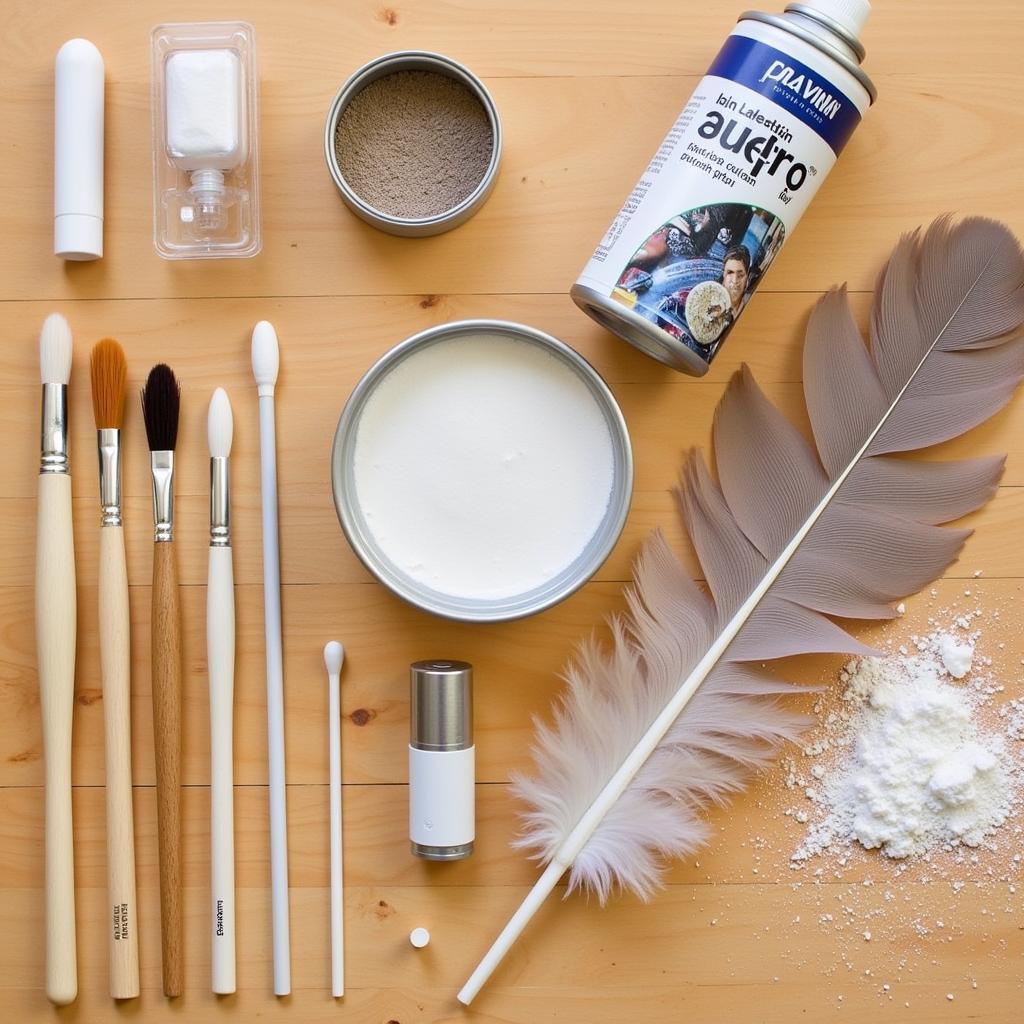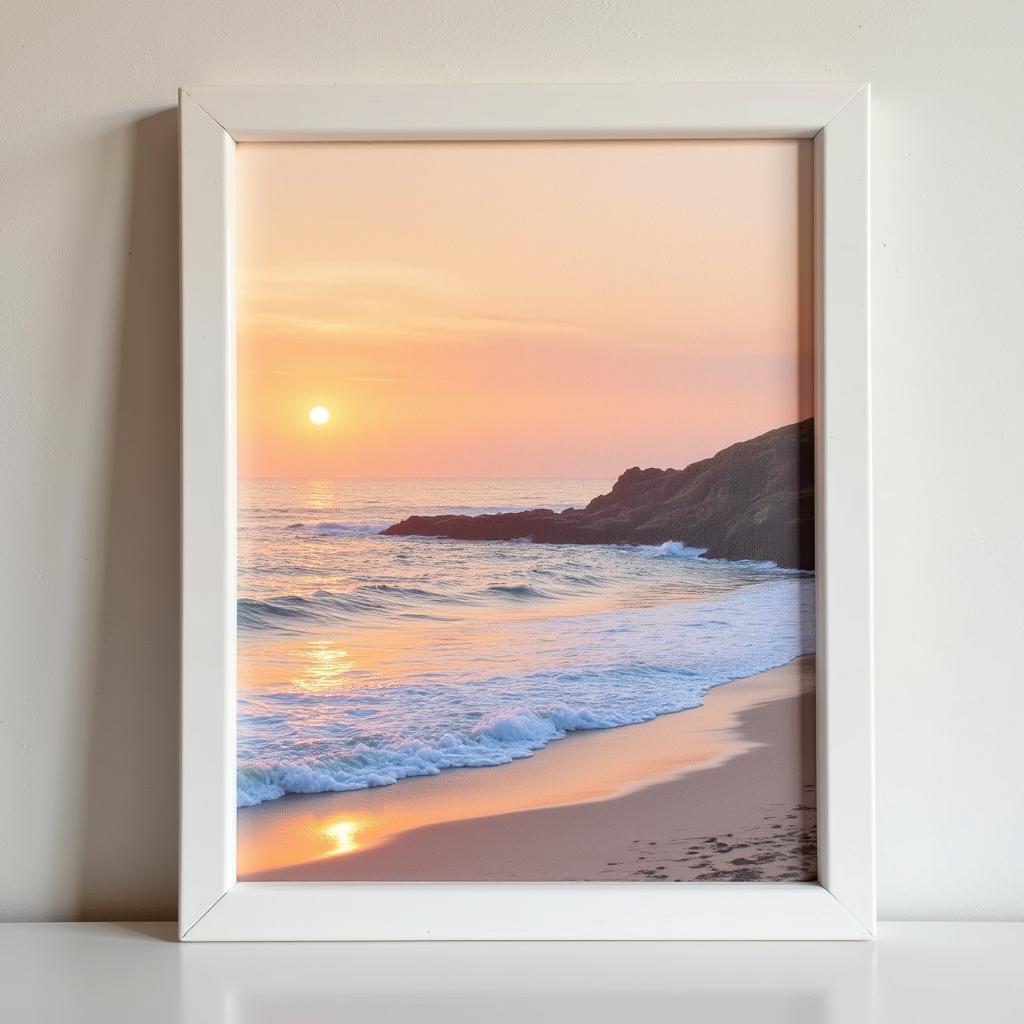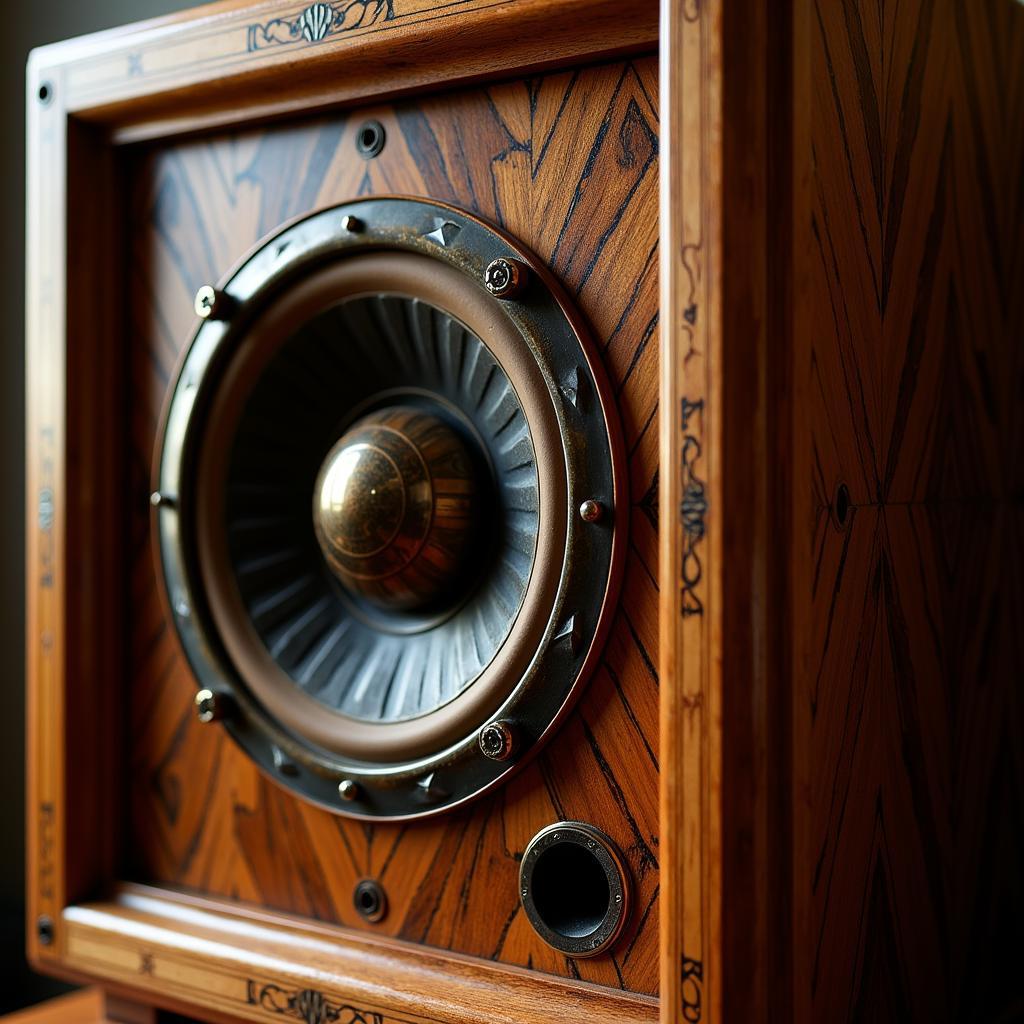Exploring the Intricate Beauty of Dust Art
Dust Art: a mesmerizing art form that transforms ordinary dust particles into extraordinary visual narratives. This unconventional medium challenges our perceptions of the mundane and elevates the ephemeral into captivating masterpieces.
The Allure of the Ephemeral
Dust, often seen as a nuisance, takes on a new life in the hands of skilled artists. By meticulously manipulating these tiny particles, often with delicate tools like brushes, feathers, or even their breath, they create stunning images, patterns, and even three-dimensional sculptures. The inherent fragility of dust adds to the allure, reminding us of the fleeting nature of time and the delicate balance of existence.
One of the most captivating aspects of dust art is its ephemeral nature. A gust of wind, a gentle breeze, or even a simple exhalation can obliterate hours of meticulous work. This inherent impermanence adds a layer of poignancy and invites contemplation on the transient beauty that surrounds us.
Tools and Techniques: Embracing Simplicity
Creating dust art doesn’t require expensive or elaborate equipment. In fact, the beauty of this art form lies in its simplicity and accessibility. Artists often utilize everyday materials found in their surroundings.
Essential Tools:
- Soft Brushes: Various sizes for applying and blending dust.
- Feathers: For delicate dust manipulation and creating fine lines.
- Cotton Swabs: Precise dust removal and detail work.
- Stencils: For transferring designs or creating intricate patterns.
- Fixative Spray: To preserve the finished artwork.
 Dust Art Tools and Materials
Dust Art Tools and Materials
Mastering the Medium: Patience and Precision
While the tools may be simple, mastering dust art requires immense patience, a steady hand, and an eye for detail. Artists must work with meticulous precision, carefully controlling the amount of dust used and its application.
Basic Techniques:
- Dusting: Gently applying dust to a surface using a soft brush or feather.
- Blending: Subtly merging different shades or colors of dust.
- Erasing: Using tools like cotton swabs to remove dust and create highlights.
- Layering: Building up depth and dimension by applying multiple layers of dust.
Beyond the Canvas: Exploring Diverse Surfaces
While dust art can be created on traditional canvases, artists are increasingly exploring unconventional surfaces. Windows, mirrors, abandoned buildings, and even vehicles become canvases for their ephemeral creations.
“Dust art is about transforming the ordinary into the extraordinary,” says renowned dust artist, Anya Kozlov. “It’s about finding beauty in the unexpected and challenging our perceptions of art itself.”
Dust Art: A Transient Symphony of Art and Nature
Dust art, with its delicate beauty and fleeting nature, reminds us to appreciate the ephemeral moments in life. It’s a testament to the power of creativity and the ability to find beauty in the most unexpected places. So, the next time you see dust settling on a surface, take a moment to appreciate its potential – it might just inspire you to create your own ephemeral masterpiece.
FAQs about Dust Art
1. How long does dust art last?
The lifespan of dust art varies depending on factors like environmental conditions and preservation methods. Unpreserved artwork is highly delicate and can be easily disturbed. Using a fixative spray can help preserve the art for an extended period.
2. What kind of dust is used for dust art?
Artists often use naturally collected dust, but specific colors or textures can be achieved using charcoal powder, pastels, or even ground spices.
3. Is dust art difficult to learn?
Dust art requires patience, a steady hand, and an eye for detail. While the techniques can be learned, mastering the art form takes practice and dedication.
4. Where can I see dust art?
Dust art is often showcased in galleries, exhibitions, and online platforms dedicated to unconventional art forms. You can also find stunning examples on social media platforms like Instagram.
5. Can I buy dust art?
Yes, some dust artists sell their original pieces or prints. Due to the delicate nature of the medium, original artworks are often more expensive and require special care and handling.
Need more inspiration? Explore the intricate world of wall art metal art or delve into the industrial aesthetic of steampunk wall art. For those drawn to raw, architectural forms, our collection of brutalist metal wall art might pique your interest.
Explore further: Discover the captivating works of artist Dustin Morrison art or add a touch of industrial chic with striking gears wall art.
Need assistance or have questions? Contact us at Phone: 02462573573, Email: [email protected] or visit us at Savico Megamall, 7-9 Đ. Nguyễn Văn Linh, Gia Thụy, Long Biên, Hà Nội 10000, Việt Nam. Our customer support team is available 24/7 to assist you.



